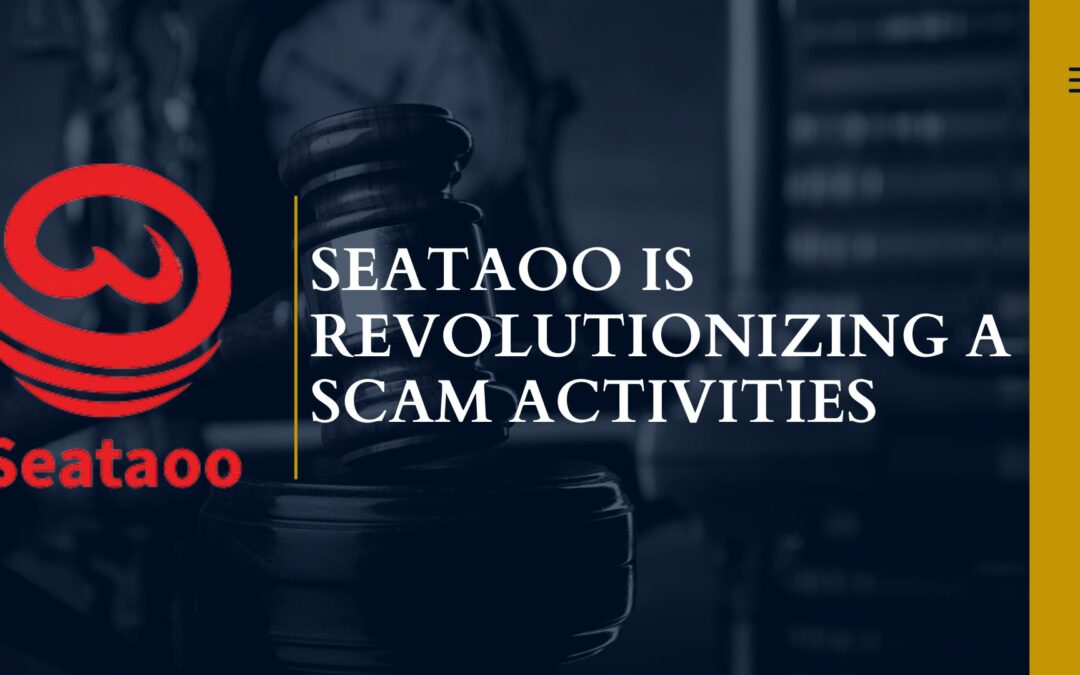New Seataoo: Unmasking the Biggest E-Commerce Scam in Philippine History
New Seataoo Corporation swiftly rose to prominence as a major player in the e-commerce landscape of the Philippines, presenting itself as a revolutionary platform for entrepreneurs and sellers. However, beneath its promising facade, New Seataoo became one of the biggest scams in the country’s history, advancing fraudulent operations to unprecedented levels. Its deceptive business model, masked by sophisticated marketing strategies, exploited thousands of unsuspecting merchants, investors, and consumers. With promises of high returns and seamless trade, New Seataoo lured individuals into its web of deceit, only for the truth to unravel following the Securities and Exchange Commission’s (SEC) Revocation Order in June 2024. The corporation’s collapse has become a stark reminder of how innovation can be weaponized for illegal gain, leaving behind financial ruin and broken trust among its victims.
Here are some unclear and illegal activities associated with New Seataoo Corporation, along with descriptions for each:
- Ponzi Scheme Structure: New Seataoo employed a Ponzi scheme model where returns for earlier investors were paid using the capital of newer investors rather than from legitimate profits. This unsustainable structure inevitably led to the collapse of the business when new investments dried up.
- Misleading Advertising: The corporation engaged in deceptive marketing practices, promoting unrealistic promises of high returns and success stories that misrepresented the actual experience of users and sellers on the platform.
- Lack of Transparency: New Seataoo operated with minimal transparency regarding its financial dealings, making it difficult for investors and sellers to understand where their money was going and how profits were generated.
- Unauthorized Fund Collection: The company collected fees and investments without proper licensing or authorization from regulatory bodies, violating securities laws and regulations in the Philippines.
- False Claims of Affiliation: New Seataoo falsely claimed to be affiliated with reputable companies and established e-commerce platforms to gain credibility and lure unsuspecting sellers and investors.
- Failure to Honor Refunds and Withdrawals: Numerous reports emerged of the company refusing to process refunds and withdrawals for its sellers and investors, leaving them stranded with no means of recovering their funds.
- Pressure Tactics: The corporation used high-pressure sales tactics to coerce individuals into investing large sums of money, often exploiting their aspirations for financial independence and success.
- Inadequate Customer Support: New Seataoo provided insufficient customer support, often leaving users with unresolved issues and complaints regarding their transactions and accounts.
- Operation without Proper Licensing: The company conducted business operations without the necessary permits and licenses, making it illegal under Philippine law.
- Disregard for Regulatory Compliance: New Seataoo failed to comply with regulations set forth by the Securities and Exchange Commission (SEC), leading to its eventual revocation order.
- Promotion of Risky Investment Products: The corporation marketed investment opportunities that were not backed by legitimate business practices, placing investors’ money at high risk without proper disclosures.
- Exploitation of Trust: New Seataoo exploited the trust of its users by portraying itself as a legitimate business, ultimately betraying the confidence of countless individuals who sought to improve their financial situations.
These activities not only highlight the deceptive practices of New Seataoo but also underscore the significant risks associated with investing in unregulated and unclear business models in the e-commerce sector.

